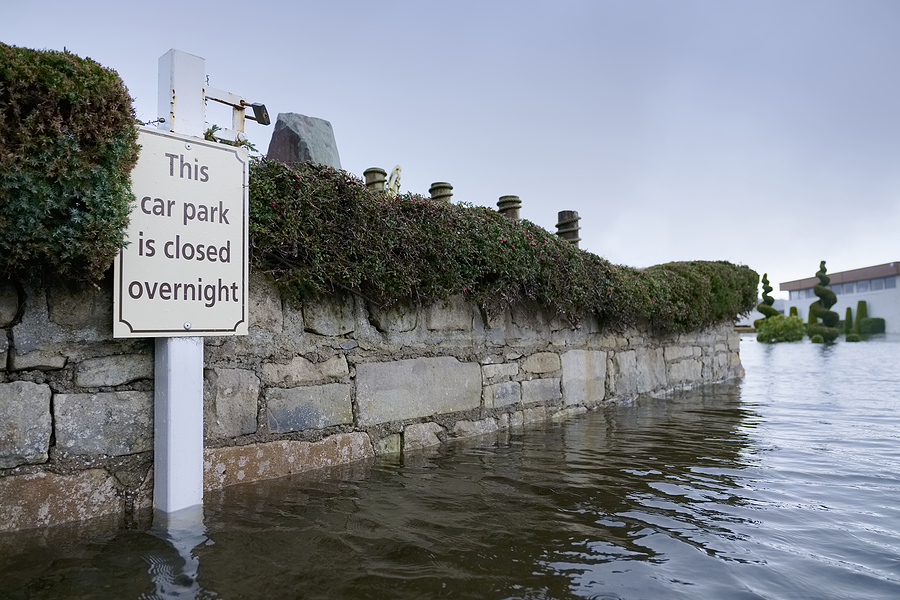The heavy rains of recent days have produced extensive flooding in many parts of the UK and will have left many communities and individuals reflecting that, but for their robust local flood defences, matters could have been a lot worse.
While the severe weather may help concentrate some minds at COP26 in Glasgow, at a more basic level the issue of maintaining good flood defences may be more complex than some imagine. While a lot of major defences are run by local authorities, over a quarter are privately owned, often by people with neither the inclination nor the funds to maintain them.
Following a Freedom of Information request to the Environment Agency (EA), Unearthed, the investigative arm of environmental lobby group Greenpeace, found that 28 per cent of flood defences defined as ‘high consequence’ by the government are in private hands, and of these, over 1,100 – around eight per cent of the total – were classed as being poor or very poor by the EA.
High Consequence defences are defined as ones “that contribute to managing flood risk in a location where the consequence on people and property of an asset failing is high”.
These defences vary in form from flood walls and banks to pipes and culverts, but what they have in common is there is no public register of who owns them, nor any current means of forcing owners to carry out maintenance.
This means in many cases where concrete waterproofing companies could fix problems with defences, there is no way of ensuring it is done and no public funds available to private owners.
A prime example of what can go wrong was that of a sinkhole that opened up in the car park of the Decathlon store in Sheffield city centre in 2017. This had been caused by the collapse of a culvert carrying the Porter Brook.
Decathlon had been warned that the culvert was in a poor state before the incident, and flood and water manager at Sheffield city council James Mead told Unearthed and the Guardian the tunnel is “still not up to scratch” now despite a steel girder being used to prop it up.
This is not the only problematic flood defence in Sheffield, with 36 listed as being sub-par. This includes a culvert owned by Network Rail that takes the River Sheaf under the city’s main railway station.
Sheffield is not the only city where the problems are acute. Time Out Magazine obtained details from Unearthed of the state of London’s private defences and revealed that over 100 are in a poor or very poor state. This included 16 in Tower Hamlets, the worst-affected borough, with Greenwich the second with nine substandard sites.
That these boroughs lie in the east of the capital may betray a complacency about local flood defences, given they are just upstream from the Thames Flood Barrier, the most prominent and technologically advanced flood defence system in the UK.
Last month, the barrier, which began operating in 1982, was closed for the 200th time. This provided protection for 640,000 homes in the capital, but while this stops storm surges up the Thames it can do nothing to prevent problems that may arise with the many underground streams and rivers running through culverts and channels around the capital.

